Introduction
Choosing the right saltwater fishing line is essential for any angler aiming to target specific saltwater species effectively. The vast array of species found in saltwater environments, ranging from snook to tarpon, necessitates a careful selection of fishing line based on strength, type, and characteristics of the targeted fish. Understanding the nuances of line strength and its impact on performance can significantly enhance your fishing experience.
When you’re out on the water, the last thing you want to worry about is whether your fishing line is up to the task. Misjudging the strength of your line can lead to lost catches, damaged equipment, and frustration. In this guide, we’ll explore how line strength matches various saltwater species and provide you with valuable tips for selecting the ideal fishing line for your next saltwater adventure. We will also explore the different types of fishing lines available, their strengths and weaknesses, and how to properly maintain them for long-lasting use.
Types of Saltwater Fishing Lines
Before diving into specifics about matching line strength to species, it’s crucial to understand the different types of saltwater fishing lines available.
Monofilament Fishing Line
Monofilament is perhaps the most recognizable type of fishing line, made from a single strand of nylon.
- Advantages: Monofilament lines provide excellent knot strength and elasticity. The stretch factor in these lines allows them to absorb sudden shocks, making them ideal for certain fish types. Additionally, they are buoyant, which can be advantageous when fishing with topwater lures.
- Best Uses: Monofilament is generally recommended for species such as snapper, grouper, and redfish, where a bit of give can help keep a hook firmly planted during vigorous fights.
Braided Fishing Line
Braided fishing line consists of multiple strands woven together, resulting in a thin but very strong line.
- Advantages: Braided lines are incredibly strong relative to their diameter, providing exceptional sensitivity and casting distance. Because they don’t stretch like monofilament, they allow for better bite detection and quicker hook sets.
- Best Uses: This type of line is ideal for catching larger species, such as tarpon, tuna, and striped bass. The high strength allows anglers to battle heavier fish without fear of line breakage.
Fluorocarbon Fishing Line
Fluorocarbon fishing line is often touted for its unique properties.
- Advantages: One of the standout features of fluorocarbon is its low visibility underwater, making it an excellent choice for line-shy fish. It also has a high abrasion resistance and sinks quickly, which is beneficial when fishing at greater depths.
- Best Uses: Fluorocarbon is the go-to line for targeting species like bonefish and permit, where stealth is essential. Its near-invisibility underwater gives anglers an edge in challenging conditions.
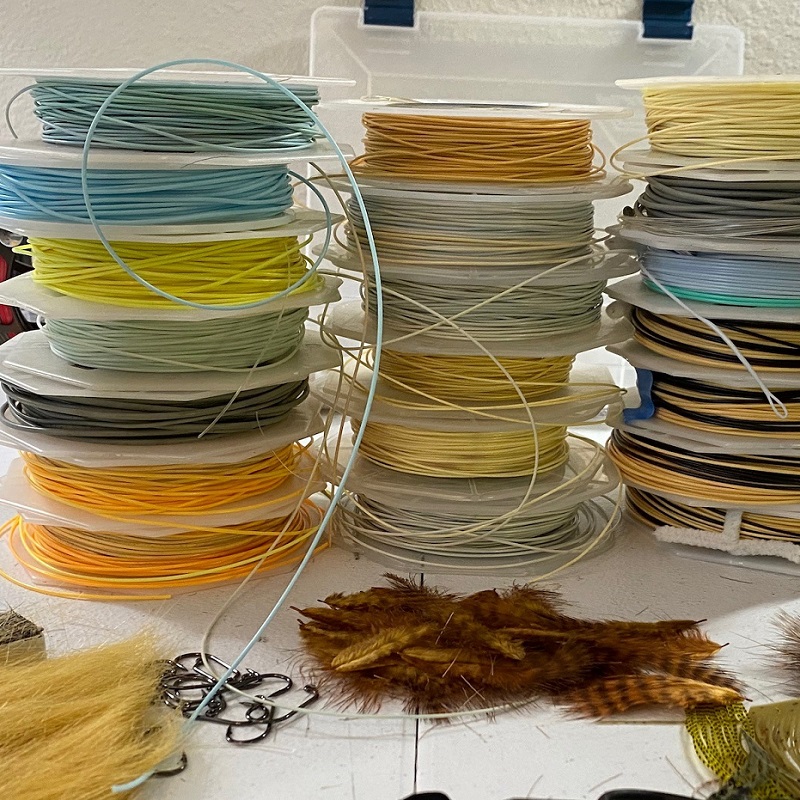
Understanding Fishing Line Strength
What is Line Strength?
Line strength refers to the maximum weight a fishing line can handle before breaking.
- Breaking Strength: This trait, typically expressed in pounds (lb) or kilograms (kg), is crucial in selecting the right line. Generally, it’s advisable to choose a line that can withstand at least a little more than the average weight of the fish you target. For instance, a line rated for 20 lb should easily manage fish weighing up to that amount.
Choosing the Right Strength
Choosing the correct line strength for your target species requires knowledge of both the fish’s size and its fighting ability.
- Recommendations by Species: Different species have different fighting capabilities. For smaller fish, lines in the 8-12 lb test range may be adequate, while larger species like marlin or shark may require lines rated 80 lb or more.
Factors Influencing Line Strength
Keep in mind that various factors can influence the strength needed for different fishing conditions.
- Environmental Conditions: Factors like current strength, the fishing environment (such as rocky or grassy areas), and water clarity can all influence line selection. A line that works well in one environment might not be effective in another.
- Fish Behavior: Being aware of how fish behave in different seasons and environments can further fine-tune your choice. During spawning seasons, fish might be more aggressive, necessitating stronger lines.
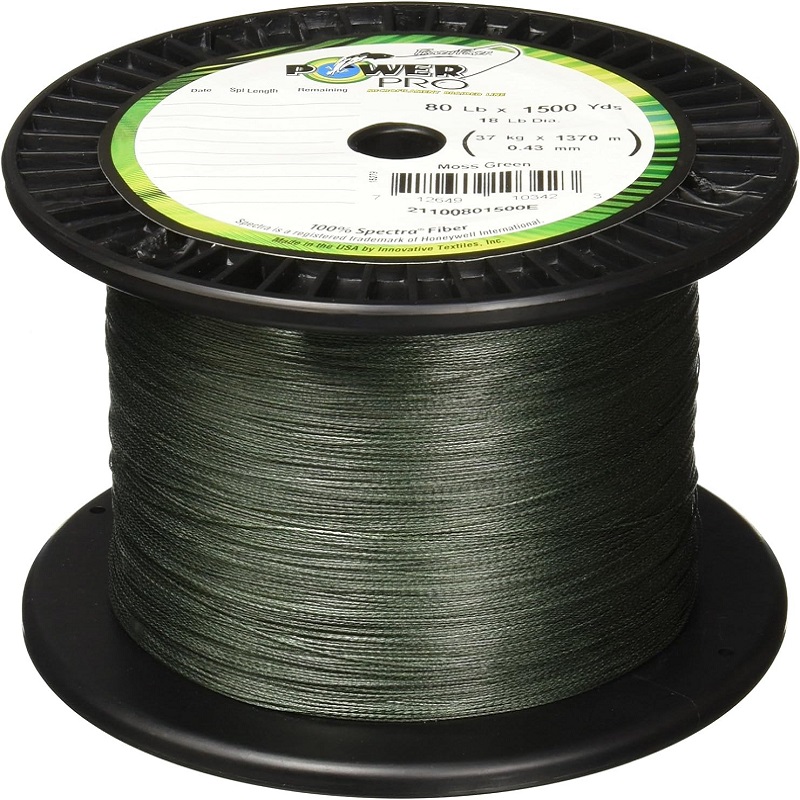
The Role of Fishing Line Material
Monofilament vs. Braided Line
When assembling your saltwater fishing gear, one major consideration is whether to choose monofilament or braided line.
- Monofilament Pros: Ease of handling, good shock absorption, and good visibility make monofilament a go-to for many anglers, especially beginners.
- Braided Pros: Enhanced sensitivity, thin diameter, and impressive strength make braided lines the preferred choice for experienced anglers targeting larger species or fishing in cluttered environments.
Fluorocarbon: The Stealthy Option
Fluorocarbon is quickly gaining popularity. This line is nearly invisible underwater, which can be critical when targeting wary fish.
- Applications: It tends to be pricier than alternatives, but its benefits can justify the cost, especially in clear water where fish are likely to avoid visible lines. Its low visibility enhances the chance of successful catches in challenging conditions.
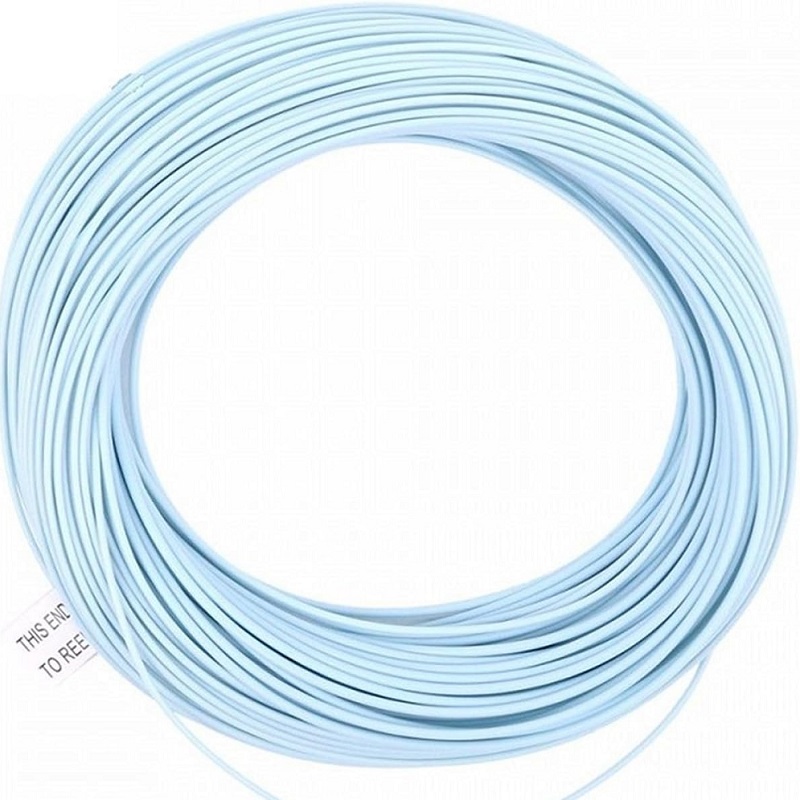
Specific Recommendations Based on Fishing Environments
Inshore Fishing
Inshore fishing often targets smaller species and requires different gear than offshore fishing.
- Recommended Lines: For inshore species such as snook, redfish, and baby tarpon, a 10-20 lb test monofilament or fluorocarbon line is usually perfect. This selection provides good performance without being overly heavy, allowing for fun and engaging battles.
Offshore Fishing
Offshore fishing exposes anglers to larger fish and tougher conditions.
- Recommended Lines: For species like grouper, tuna, and marlin, choosing a 30-50 lb test braided line is wise. This strong line can withstand powerful runs and sharp teeth without breaking, giving you more confidence during intense battles.
Shoreline Fishing
Fishing from rock jetties or shorelines requires lines that can handle abrasion and inconsistencies in water depth.
- Recommended Lines: Use a 15-30 lb test monofilament line when targeting species like mackerel or sea bass from shore. This setup provides enough strength to reel in sizable catches while allowing for adequate casting distance.
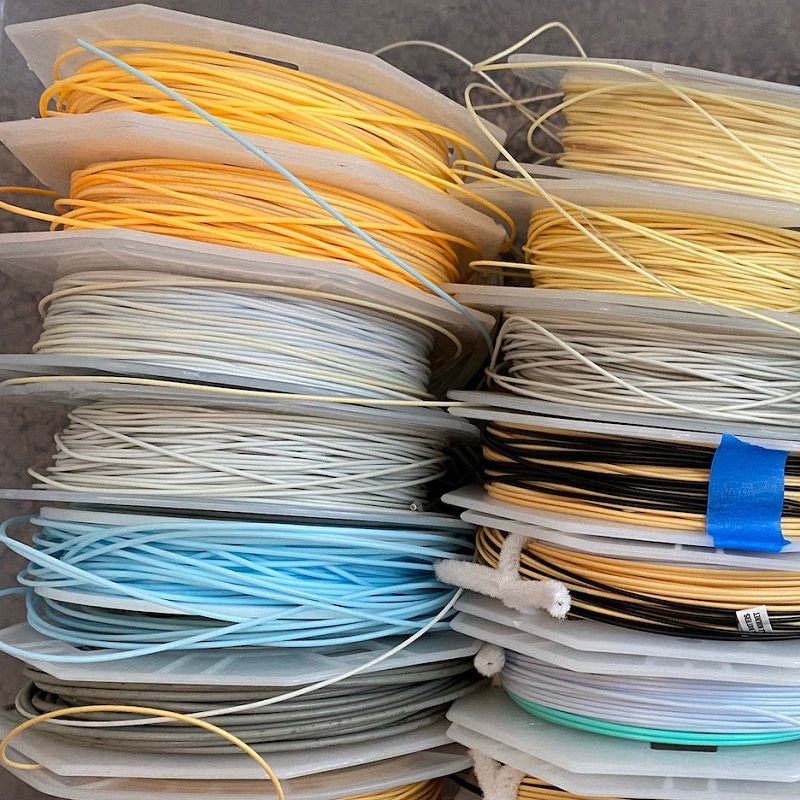
Tips for Maintaining Your Saltwater Fishing Line
Regular Inspection
Regularly check your saltwater fishing line for signs of wear and tear to ensure optimal performance.
- Cracks and Nicks: Always keep an eye out for small cracks or abrasions, which can weaken the line. If you notice any signs of damage, it’s best to replace the line before problems arise.
Proper Storage
Taking care of your fishing line when it’s not in use can help prolong its life.
- Avoid Sunlight: Store lines in a cool, dry place away from direct sunlight, as UV rays can weaken both monofilament and braided lines over time.
- Use Line Socks: When not in use, consider using line socks or sleeves to protect your lines from tangles and twists.
Re-Spooling and Replacing
Fishing lines can lose strength over time due to friction and exposure to the elements.
- Re-Spooled Lines: To ensure you always have the best performance, periodically re-spool your reels with fresh line, especially if you fish frequently. A good rule of thumb is to re-spool at least once a season.
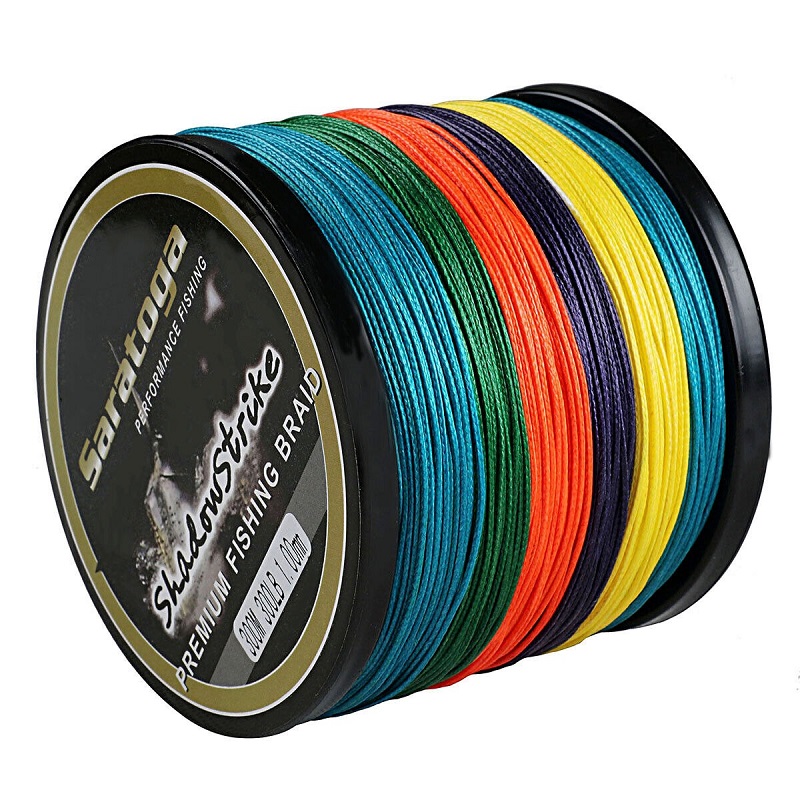
The Benefits of Matching Line Strength to Species
Selecting the appropriate line strength directly impacts your fishing success.
Improved Catch Rate
Using the right line minimizes the chances of breakage and allows for better control over the fish, which leads to higher catch rates. For instance, if targeting large pelagic fish, the reduced risk of line breakage can mean the difference between success and frustration.
Better Performance
Matching the line power to the fish ensures that you can feel even the slightest nibble, which helps you react swiftly. This ability is crucial, particularly when using jigs and lures that require immediate hook sets.
Enhanced Fishing Experience
Ultimately, the right setup adds to the enjoyment of fishing. Knowing you’re equipped with the appropriate gear encourages confidence and can lead to more relaxed fishing trips. When you can focus on the joy of fishing without worrying about gear failures, the experience becomes truly fulfilling.
Elevate Your Fishing Experience with the Right Saltwater Fishing Line
In summary, selecting the right saltwater fishing line is crucial for both performance and enjoyment in the world of wonderful angling. Understanding how to match line strength to different saltwater species can greatly enhance your success.
From monofilament to braided options, knowing the differences in application and material will help you make an informed decision tailored to your fishing needs. By considering the species you wish to target, understanding line characteristics, and maintaining your gear, you can significantly improve your fishing trips. So, gear up, head out to your favorite fishing spot, and get ready to reel in your next big catch!
